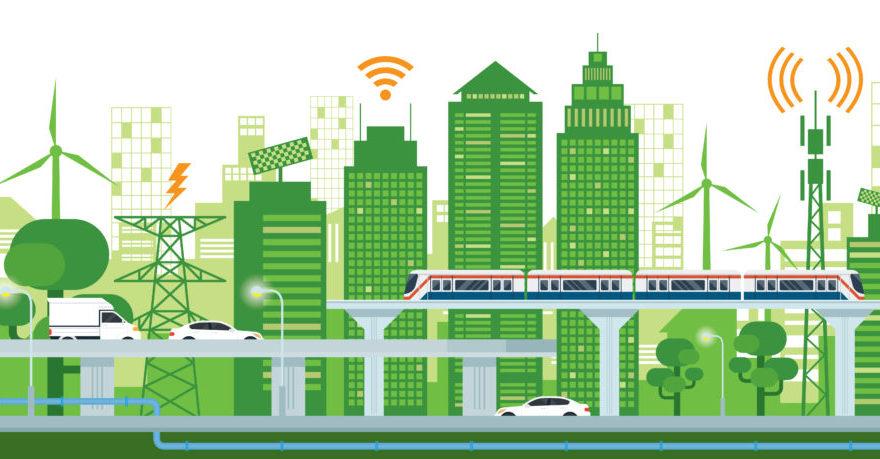Urbanization, Its Effects on Environment and Role of Technology for Making our Cities Attractive and Sustainable: Good Practices
A thorough literature review presented the changing situation of Kathmandu valley, which is home to almost one third of Nepal’s population, from a cultural and traditional melting pot with scenic beauty beyond to urbanized city center with continuous upsurge of people and modernization. This change has created key environmental issues of pollution, traffic congestion because of increasing private vehicles, and heavy burden on already weak institutional capacity to provide proper basic services. Kathmandu is ridden with unregulated solid waste dumping, squatter settlements, poor air quality & visibility leading to impacts on health, economy and tourism. To obtain urban sustainability it has been vital that Kathmandu applies examples of good practices implemented in another metropolis.
To uncover the steps taken by rapidly urbanizing cities, Bogota and Mexico City were studied. Almost similar in terms of geography and institutional characteristics, Bogota presented use of public transportation while rejecting wider roads and subways that were deemed unaffordable, unworkable and providing mobility for few, but not all. Also, Mexico City promoted use of hybrid or electric vehicles, cleaner fuels and regular monitoring of air quality system. Their programs are recommended for two related indicators i.e. air quality and traffic management. The developed cities of Singapore and Munich displayed strength of national strategies and public cooperation to achieve waste management through WTE methods and green energy from renewable resources. Use of hydropower and waste separation & recycling must be adapted by Kathmandu.
Finally, we can conclude that strong regulations, public awareness coupled with technologies that are much more efficient can improve on measures to reduce environmental problems resulting from the drivers of population growth and urbanization to create sustainable cities.
When borrowing good practices from other nations it is possible for some measures to be inappropriate. The experience of Mexico’s failure in adapting Curitiba’s “cars don’t circulate” fully shows that it is not possible to copy directly as each city has its own particular set of conditions and this has to be considered while developing action plans. Also, it is recommended that cities firstly must identify their own unique problems, compiling a reliable database and strategizing for the short, medium and long term are key components to success.
The main challenge is to continue growing economically while conserving environmental quality, resources and heritage and this report can help in further detail analysis of measures to overcome it.


